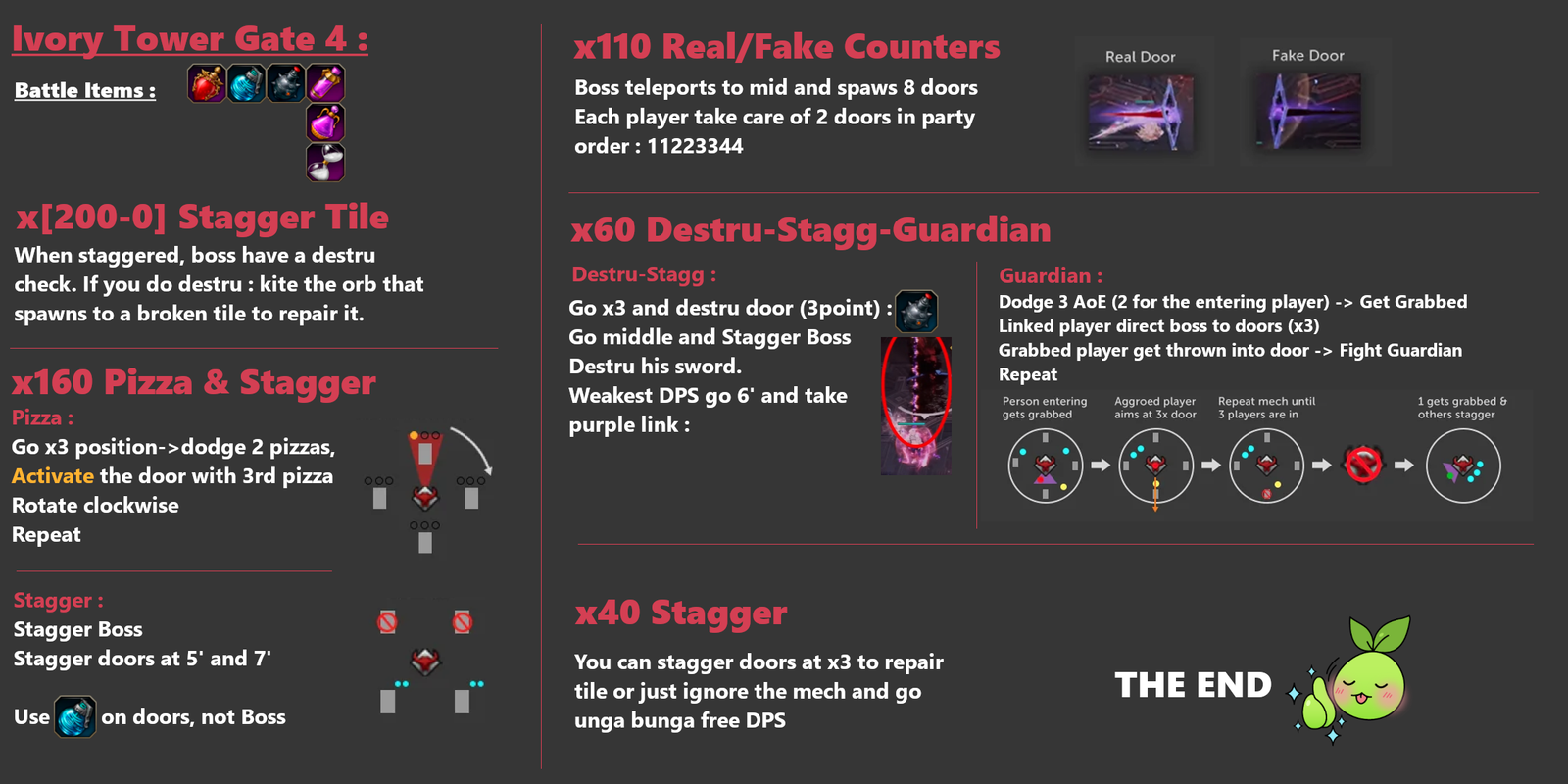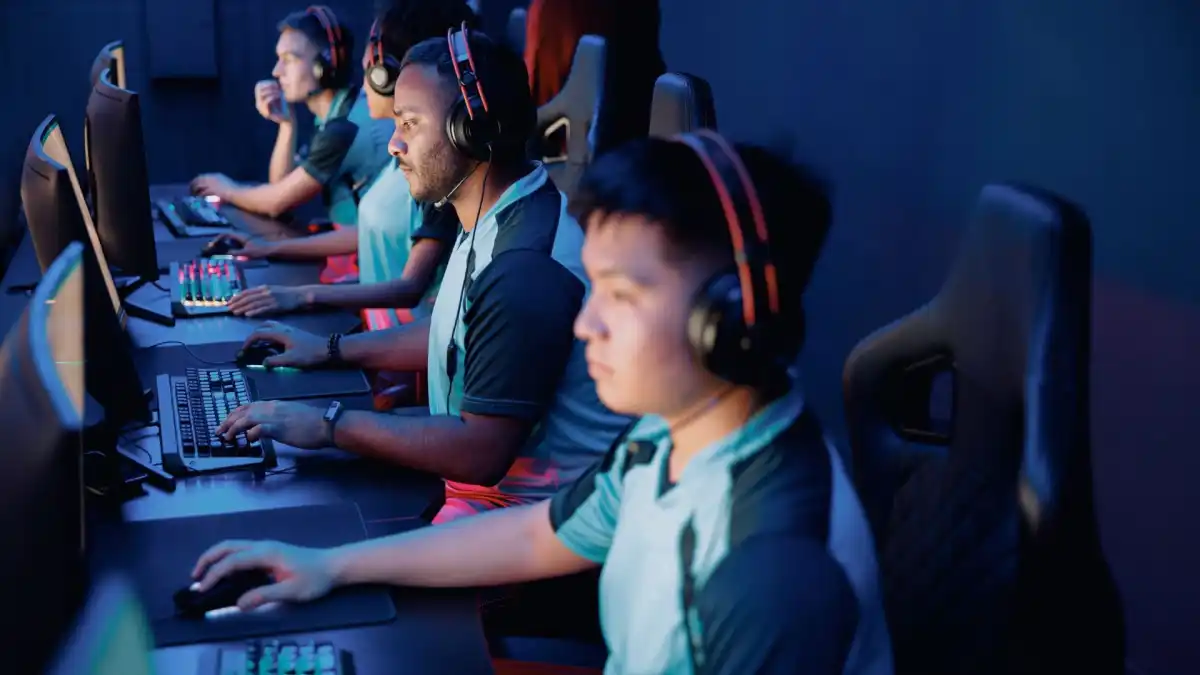Introduction to Connections Hint Today
In the ever-evolving landscape of puzzles and brain games, the concept of “connections hint Today” has emerged as a pivotal tool for enthusiasts seeking to enhance their problem-solving skills. Whether you’re an avid puzzle solver or someone looking to sharpen your cognitive abilities, understanding and utilizing connections hints can offer a significant advantage. This comprehensive guide delves into the world of connections hints, exploring their importance, applications, and benefits.
Connections Hint Today: An Overview
Connections hints today are more than just clues; they are strategic tools designed to bridge gaps in understanding and facilitate the solving of complex puzzles. These hints serve as guiding lights, offering subtle nudges that help solvers make connections between different pieces of information. By providing just enough information to steer the solver in the right direction without giving away the answer, connections hints maintain the challenge and excitement of the puzzle.
The Importance of Connections Hints
The role of connections hints in the puzzle-solving process cannot be overstated. They play a crucial part in maintaining the balance between challenge and solvability, ensuring that puzzles remain engaging without becoming frustratingly difficult. Connections hints also encourage solvers to think critically and creatively, fostering a deeper level of engagement with the puzzle.
How Connections Hints Enhance Cognitive Skills
Connections hints are not just about making puzzles easier; they are about enhancing the solver’s cognitive skills. By encouraging solvers to think laterally and make connections between disparate pieces of information, these hints help to improve memory, attention to detail, and problem-solving abilities. Over time, regular engagement with puzzles that utilize connections hints can lead to improved cognitive function and mental agility.
The Science Behind Connections Hints
The effectiveness of connections hints can be attributed to the way they engage different cognitive processes. When a solver encounters a connections hint, they must recall relevant information, analyze it, and integrate it with other pieces of knowledge to arrive at a solution. This process activates multiple areas of the brain, promoting neural connectivity and cognitive flexibility. Research has shown that engaging in activities that require this level of cognitive effort can have long-term benefits for brain health.
Daily Puzzle Challenges
Incorporating connections hints into daily puzzle challenges can provide a structured way to improve cognitive skills. Daily puzzles that use connections hints can range from simple word puzzles to complex logic problems, offering a variety of challenges to keep the mind sharp. By solving these puzzles regularly, solvers can develop a routine that promotes continuous cognitive growth and mental stimulation.
Types of Connections Hints
There are several types of connections hints, each serving a unique purpose in the puzzle-solving process. Some common types include:
- Direct Hints: Provide straightforward clues that point solvers towards the answer.
- Indirect Hints: Offer more subtle guidance, requiring solvers to make inferences and draw connections.
- Contextual Hints: Use the context of the puzzle to provide hints, encouraging solvers to think about the bigger picture.
- Step-by-Step Hints: Break down the puzzle into smaller steps, guiding solvers through the solving process incrementally.
Historical Context of Puzzles and Hints
The use of hints in puzzles has a rich history, dating back to ancient civilizations. From the riddles of the Sphinx to the cryptic crosswords of the 19th century, hints have always been an integral part of the puzzle-solving experience. Understanding this historical context can provide valuable insights into the evolution of connections hints and their role in modern puzzles.
Strategies for Effective Hints
Creating effective connections hints requires a careful balance between providing enough information to be helpful and maintaining the challenge of the puzzle. Some strategies for crafting effective hints include:
- Clarity: Ensure that the hint is clear and understandable, avoiding ambiguity.
- Relevance: Make sure the hint is directly related to the puzzle and offers meaningful guidance.
- Balance: Provide enough information to steer solvers in the right direction without giving away the solution.
- Engagement: Design hints that encourage solvers to think critically and creatively, promoting deeper engagement with the puzzle.
Benefits of Incorporating Hints in Daily Routine
Incorporating connections hints into your daily routine can offer numerous benefits. Regular engagement with puzzles that use these hints can help to improve cognitive function, reduce stress, and provide a sense of accomplishment. Additionally, solving puzzles can be a fun and rewarding way to spend time, offering both mental stimulation and entertainment.
Creating Connections Hints
Creating connections hints is both an art and a science. It involves understanding the puzzle, the solver’s perspective, and the cognitive processes involved in solving it. Effective hint creation requires a deep knowledge of the puzzle’s structure, as well as an understanding of how solvers approach and think about the problem. By carefully crafting hints that guide solvers without giving away the answer, creators can enhance the puzzle-solving experience.
Case Studies: Successful Use of Hints
Examining case studies of successful use of connections hint today can provide valuable insights into their effectiveness. These case studies can highlight different types of hints, strategies for their implementation, and the impact they have on the solver’s experience. By learning from these examples, puzzle creators can refine their hinting techniques and improve the overall quality of their puzzles.
Advanced Hint Techniques
For those looking to take their hinting skills to the next level, advanced techniques can offer new ways to challenge and engage solvers. These techniques might include multi-layered hints, interactive hints that adapt based on the solver’s progress, and hints that require solvers to solve smaller puzzles to unlock. By exploring these advanced techniques, puzzle creators can continue to innovate and push the boundaries of what is possible with connections hints.
Psychological Impact of Puzzle Solving
The psychological impact of puzzle solving, and by extension, the use of connections hints, is profound. Engaging in puzzle-solving activities has been shown to reduce stress, improve mood, and promote a sense of well-being. The challenge and reward cycle inherent in puzzles can also foster resilience and perseverance, helping solvers to develop a positive mindset and approach to problem-solving.
Connections Hint Today in Education
Connections hints can play a valuable role in education, helping students to develop critical thinking and problem-solving skills. By incorporating puzzles and hints into the curriculum, educators can provide students with engaging and challenging activities that promote cognitive development. Additionally, connections hints can be used to differentiate instruction, offering different levels of challenge to meet the needs of diverse learners.
Tools and Resources for Better Hints
There are numerous tools and resources available to help puzzle creators design effective connections hints. These might include software for creating and testing puzzles, forums and communities for sharing ideas and feedback, and educational resources for learning about cognitive processes and puzzle design. By leveraging these tools and resources, creators can enhance their hinting skills and create more engaging and effective puzzles.
Connections Hints and Technology
Advancements in technology have opened up new possibilities for connections hints. Digital puzzles can incorporate interactive hints, real-time feedback, and adaptive difficulty levels, offering a more dynamic and personalized puzzle-solving experience. Additionally, online platforms and apps provide a convenient way for solvers to access and engage with puzzles, expanding the reach and impact of connections hints.
Future Trends in Connections Hints
The future of connections hints is bright, with many exciting trends and developments on the horizon. These might include the integration of artificial intelligence to create smarter and more adaptive hints, the use of virtual and augmented reality to offer immersive puzzle experiences, and the continued growth of online communities and platforms for puzzle enthusiasts. By staying informed about these trends, puzzle creators and solvers can continue to innovate and enjoy new and exciting puzzle experiences.
Common Mistakes in Using Hints
While connections hints can be incredibly effective, there are common mistakes that can reduce their effectiveness. These might include providing too much information, making hints too vague or ambiguous, and failing to consider the solver’s perspective. By being aware of these common pitfalls, puzzle creators can avoid them and create more effective and engaging hints.
Improving Mental Agility with Hints
Using connections hints is a powerful way to improve mental agility. By challenging the brain to think critically and make connections, these hints help to strengthen cognitive skills and promote mental flexibility. Regular engagement with puzzles that use connections hints can lead to lasting improvements in cognitive function and overall mental agility.
Expert Tips for Puzzle Enthusiasts
For puzzle enthusiasts looking to get the most out of their puzzle-solving experience, expert tips can offer valuable guidance. These might include strategies for approaching different types of puzzles, techniques for making the most of connections hints, and tips for staying motivated and engaged. By following these expert tips, solvers can enhance their skills and enjoy a more rewarding puzzle-solving experience.
User Testimonials: Real-Life Success Stories
Hearing from real users who have successfully used connections hints can provide inspiration and motivation. These testimonials can highlight the benefits of connections hints, share personal experiences and insights, and offer tips and advice for other solvers. By learning from these success stories, solvers can gain new perspectives and ideas for using connections hints effectively.
Conclusion: Connections Hint Today
Connections hints today represent a powerful tool for enhancing the puzzle-solving experience. By providing strategic guidance, these hints help solvers to think critically, make connections, and improve their cognitive skills. Whether you’re an educator looking to incorporate puzzles into your curriculum, a puzzle creator seeking to design more engaging challenges, or a puzzle enthusiast wanting to improve your skills, connections hints offer a wealth of benefits. As technology continues to advance and new trends emerge, the future of connections hints promises to be both exciting and innovative.
FAQs
What are connections hints?
Connections hints are strategic clues designed to help solvers make connections between different pieces of information in a puzzle without giving away the answer.
How can connections hints improve cognitive skills?
Connections hints encourage critical thinking, problem-solving, and memory recall, which can help to improve overall cognitive function and mental agility.
Are there different types of connections hints?
Yes, common types include direct hints, indirect hints, contextual hints, and step-by-step hints, each offering different levels of guidance.
Can connections hints be used in education?
Absolutely. Connections hints can help students develop critical thinking and problem-solving skills, making them valuable tools for educators.
What are some common mistakes in using connections hints?
Common mistakes include providing too much information, being too vague or ambiguous, and not considering the solver’s perspective.
What are some future trends in connections hints?
Future trends might include AI integration, virtual and augmented reality puzzles, and the continued growth of online puzzle communities and platforms.





